The Samsung Galaxy S20+ sits in between the S20 and S20 Ultra in the South Korean company’s latest range of smartphones. Its key specifications include a slightly smaller 6.7-inch AMOLED display and lower-capacity 4500mAh battery (compared to the 6.9-inch display and 5000mAh battery of the S20 Ultra), but the S20+ uses the same high-end Exynos 990 chipset (Snapdragon 865 in the USA) as its more expensive stablemate. Differences between the camera modules on the S20+ and S20 Ultra are more significant, however. Although the S20+ remains a quad-camera device with dedicated primary, telephoto, ultra-wide, and depth-sensing sensors, the configuration of its primary and telephoto cameras is very different.
The primary camera on the S20+ is built around a smaller, lower-resolution 1/1.76-inch 12MP sensor, compared to the 1/1.33-inch 108MP chip on the S20 Ultra. Although both devices output 12MP images from the primary camera, image processing technologies differ significantly and the standard array sensor on the S20+ doesn’t use pixel-binning technology like the S20 Ultra. The result is a smaller 1.8µm pixel size on the S20+ compared to the effective 2.4µm “super-pixel” on the S20 Ultra. The primary sensor on the S20+ is coupled to a standard f/1.8-aperture wide-angle 26mm-equivalent lens with dual pixel PDAF and optical image stabilization (OIS).
The tele-camera on the S20+ features a 64MP 1/1.72-inch sensor with 0.8µm pixels linked to a 29mm-equivalent f/2.0-aperture lens with PDAF and OIS.—That’s right, the “tele-lens” doesn’t offer a much longer focal length than the primary camera, but the high-resolution 64MP sensor enables the S20+ to capture what Samsung calls x3 hybrid optical zoom shots. It’s an unusual approach and it will be interesting to see how zoom shots on the S20+ compare to those on the S20 Ultra with its 103mm-equivalent periscope-style lens.
The ultra-wide and depth-sensing cameras on the S20+ are essentially the same as those on the S20 Ultra. The ultra-wide camera uses a 13mm f/2.2-aperture lens and a 12MP sensor with 1.4µm pixels; and the S20+ employs a 0.3MP depth sensor with time-of-flight (ToF) 3D technology when shooting in portrait mode to help improve subject segmentation when applying a bokeh effect.
For video, the S20+ can record 8K footage at 24 frames per second, just like the S20 Ultra. To capture 8K video, the S20+ switches over to its high-resolution 64MP sensor instead of using the primary camera. By default, however, the S20+ shoots in 4K resolution using the primary camera; and as the primary’s 26mm-equivalent lens provides a slightly wider field of view compared to that from 8K capture, you can record 4K movies at either 30fps or 60fps, and frame rates of up to 960fps are available at 720p resolution, just like on the S20 Ultra. Video features also include Samsung’s HDR10+ video processing that promises improved dynamic range, color, and contrast.
Will the novel approach on the S20+ result in high-quality images to challenge the top performers in our rankings? Let’s find out how it performed in our DXOMARK Camera tests.
Key camera specifications:
- Primary: 12MP 1/1.76-inch sensor, 26mm-equivalent f/1.8-aperture lens with dual pixel PDAF and OIS
- Telephoto: 64MP 1/1.72-inch sensor, 29mm-equivalent f/2-aperture lens with PDAF and OIS
- Ultra-wide: 12MP sensor, 13mm-equivalent f/2.2-aperture lens
- Depth: 0.3MP ToF 3D sensor with f/1.0-aperture lens
- LED flash
- Video: 8K 4320p/24fps, 4K 2160p/60fps (2160p/30fps tested)
- Exynos 990 chipset
About DXOMARK Camera tests: For scoring and analysis in our smartphone camera reviews, DXOMARK engineers capture and evaluate over 1600 test images and more than 2 hours of video both in controlled lab environments and in natural indoor and outdoor scenes, using the camera’s default settings. This article is designed to highlight the most important results of our testing. For more information about the DXOMARK Camera test protocol, click here. More details on how we score smartphone cameras are available here.
Test summary


With 118 points, the Samsung Galaxy S20+ is an excellent device for smartphone photography and just nudges out the iPhone 11 Pro Max and Samsung Galaxy S10+ 5G to secure the number ten spot in our DXOMARK Camera rankings. Although a few spots behind the 6th-placed S20 Ultra at 122 points, the two Samsung devices display very similar image quality in many respects—but also a couple of key differences. With a very good Photo score of 127 points, key strengths on the S20+ include excellent exposure with wide dynamic range, vivid color, accurate autofocus, and exceptional ultra-wide capabilities.
The primary camera delivers accurate exposure even in the most challenging lighting conditions, with well-saturated color and generally accurate white balance. Its autofocus is fast and accurate, and actually slightly better than the more expensive S20+ Ultra, which we found a little unstable and notably slow in low light. Texture is good in outdoor conditions, but the same oversharpening we saw on the S20 Ultra can give S20+ images a slightly unnatural appearance, and fine detail is often lost in indoor and low-light images. Noise on the S20+ is also significantly more prevalent in lower light conditions compared to devices with physically larger sensors and better tuning, such as the Huawei P40 Pro.
The ultra-wide camera on the S20+ is one of the best we’ve tested, hitting a joint top score in this category. With results practically identical to the S20 Ultra’s, the S20+’s wide field of view, well-controlled geometric distortion, accurate exposure, and pleasant color make it an excellent choice for landscape or architectural photography enthusiasts. Its zoom capabilities are less impressive, however. Although results at close range are good in bright light and acceptable indoors, what is in effect a digital zoom on the S20+ struggles to maintain good detail in medium- and long-range zoom shots. Exposure and color are good for zoom, but as you push magnification on the S20+ past x2, expect to see more noise and artifacts than is typical from devices with longer telephoto lenses.
Portrait mode is one of the device’s strengths, thanks to the dedicated depth sensor providing good subject segmentation, as well as to a strong but realistic background blur effect. Exposure and color remain good, and details on subjects shot in portrait mode are particularly impressive. The S20+ just missed out on a top score for bokeh, however, due to more noticeable edge artifacts and slightly underwhelming spotlights compared to the S20 Ultra. Results in our night photography analysis were a little inconsistent, too; and although it delivers respectable results for portraits using flash, high noise and low detail reduce the quality of low-light cityscapes. Night mode shots on the S20+ show good exposure and color in very low-light situations, but broadly speaking, its night photography capabilities aren’t in the same league as the best devices we’ve tested.
Tested and scored at its 4K/30fps setting (which offers the best results), the Samsung Galaxy S20+ achieved an overall Video score of 100 points. This ranks slightly behind such flagships as the S20 Ultra and the iPhone 11 Pro Max at 102 points, as well as such top performers as the Huawei P40 Pro and the Oppo Find X2 Pro at 105 and 104 points, respectively. However, a very consistent video performance from the S20+ ensures generally high-quality videos without any significant weaknesses. Accurate exposure, well-saturated color, and reliable autofocus are its key strengths, with outdoor videos looking particularly vibrant.
Exposure is good in lower light conditions, too, and although dynamic range is slightly limited in high-contrast conditions compared to the best performers, there isn’t any significant highlight or shadow clipping from the S20+. Detail is again visibly oversharpened; noise is evident in low light; and residual motion does occur in both static and walking videos; but broadly speaking, the problems remain minor and don’t significantly impede otherwise very good video capture.
Photo scores explained
The Samsung Galaxy S20+ achieves a very good Photo score of 127, but remains a few points behind the top performers for stills. The camera delivered solid results in most tested categories but displayed slight weaknesses in a couple of areas, which affected its overall Photo score. In this section, we take a closer look at how each sub-score was determined and compare image quality against some key competitors.

Exposure and Contrast
Samsung Galaxy S20+ (Exynos)
97
The S20+ achieves close to the top score for exposure and contrast, with its standard array primary sensor delivering results very similar to those of the S20 Ultra. Target exposures are accurate and levels of contrast are high in all lighting conditions. In the lab, our testers measured very bright exposures down to 5 lux, with usable images recorded in near-dark conditions of just 1 lux as well.
In our perceptual analysis, the S20+ achieved a very high score for outdoor images, thanks to accurate exposures, good contrast, and wide dynamic range. It’s not quite the best device for dynamic range, with some minor highlight clipping visible in very challenging backlit scenes, but it recovers shadows generally well and outdoor images are very satisfying overall.
Indoor exposures remain excellent on the S20+, too, with results very similar to the S20 Ultra’s. Dynamic range isn’t quite as wide, but target exposures are usually very good. You can see from the example below that both the S20+ and S20 Ultra produce a brighter and more colorful image than the Honor 30 Pro+.

Color
Samsung Galaxy S20+ (Exynos)
88
Color rendering is another strength for the S20+, where it achieves close to our top score and very similar results to the S20 Ultra. In both indoor and outdoor shots, colors are vivid with high saturation, white balance is generally accurate, and rendering is particularly pleasing in bright sunny conditions.
Minor color casts are evident in indoor images shot under mixed lighting conditions, but nothing too problematic. It’s very accurate on easier indoor scenes, however, and Samsung’s tendency for high saturation delivered a bolder and more colorful image of this indoor test scene compared to the Honor 30 Pro+. Very slight color shading is also occasionally visible in indoor images from the S20+, but nothing too concerning.
Autofocus performance is close to perfect on the S20+ and is actually slightly better than on the S20 Ultra. In our benchmark lab testing, the S20+ was fast and accurate under all lighting conditions, consistently delivering in-focus images. Even in low-light (20 lux) conditions where we found the S20 Ultra struggled a little, the S20+ was excellent.
In our benchmark lab testing where we defocus the device between shots and leave a short (500ms) or long (2000ms) delay before requesting focus, the S20+ instantaneously snapped sharp every time. The S20+ does have a tendency to slightly oversharpen images, as you can see from the acutance scores of over 100% in the chart below, but it’s not quite as aggressive as the S20 Ultra, which is another positive for the S20+.

Texture
Samsung Galaxy S20+ (Exynos)
79

Noise
Samsung Galaxy S20+ (Exynos)
74
Texture and particularly noise is one of the first areas where we start to see significant differences between the S20+ and the S20 Ultra. Detail on the S20+ is not quite as high as the top-performing Xiaomi Mi 10 Pro in our lab measurements, but with acutance around 80% in simulated indoor (100 lux) and outdoor (1000 lux) conditions, it remains very good. The advantage of the pixel-binning technologies on the S20 Ultra, 30 Pro+, and Mi 10 Pro sensors becomes more evident in low light (5 lux), however, and the standard array sensor on the S20+ is not able to pull out quite as much fine detail in these conditions.
In our analysis of test scene images, there’s very little difference between the S20+ and S20 Ultra outdoors. Although devices like the Honor 30 Pro+ define intricate detail fractionally better, the Samsung devices remain very good, with particularly well-preserved detail in darker areas.
Noise reduction is an opportunity for improvement on the S20+, and although it’s generally well controlled in outdoor images, it’s not quite as good as the top performers. You can see from the lab measurements that visual noise is more evident in all lighting conditions, with bigger differences in low light compared to the Honor 30 Pro+ and the Xiaomi Mi 10 Pro.
The differences are more obvious on close inspection of indoor images from the S20+, where significantly more noise, lower detail, and edge artifacts are evident compared to the S20 Ultra.

Artifacts
Samsung Galaxy S20+ (Exynos)
78
Globally, the S20+ controls artifacts in images well. The main penalties we applied were for a loss of sharpness towards the edges of the frame and hue shifts in skies, particularly in challenging backlit and high-contrast scenes. Ringing and aliasing artifacts are commonly visible along contrast edges in many images, too, but these are only really obvious when viewing images at large scale or when printed.

Zoom
Samsung Galaxy S20+ (Exynos)
81
Zoom is the main opportunity for improvement on the S20+, with results from its hybrid optical zoom some ways behind devices featuring a tele-lens with a longer focal length. The 64MP-resolution sensor on the S20+ does deliver generally nice exposure and color in zoom shots, but detail can be low and artifacts can be visible. With only a 29mm-equivalent lens, on its tele-camera, the S20+ in effect applies a digital zoom to achieve longer focal lengths. The results are on a similar level as some phones with a longer tele lens but not quite up with the very best in the zoom category.
Image dimensions vary a little depending on the magnification requested, but broadly speaking, the S20+ outputs 12MP images from its zoom camera after cropping and processing. Results are best with close-range zoom in bright light, but at medium range (~5x magnification), detail remains acceptable and both noise and artifacts are generally well controlled. You can see in the example below, however, that detail is lower in medium-range zoom shots compared to the S20 Ultra with its 103mm tele-lens.
Image quality suffers quite badly in long-range zoom shots. Significantly less detail and more noise, as well as visible ringing and aliasing artifacts, are evident in S20+ zoom shots compared to the top long-range performers such as the 103mm-equipped S20 Ultra and the 125mm Honor 30 Pro+.

Bokeh
Samsung Galaxy S20+ (Exynos)
70
Bokeh shots are a good strength for the S20+, with results very close to such top performers as the S20 Ultra. Nice color, good exposure with wide dynamic range, and a strong but pleasant depth-of-field effect ensure that images captured in portrait mode on the S20+ are very satisfying overall. Repeatability is good, so you get the same effect over consecutive shots; levels of noise are uniform across sharp and blurred areas; and the effect is well rendered in both indoor and outdoor shots.
The dedicated ToF sensor delivers fairly good subject segmentation that avoids any serious edge artifacts, as well as a realistic gradient effect that appropriately blurs elements at different distances from the subject. The S20+ also delivers exceptional detail in portraits shot in its bokeh mode, as you can see in these examples.
The S20+ just missed out on the top score for bokeh, however, due to a couple of issues we noticed. Quite a lot of motion blur is visible on moving subjects, and although this is a challenging test for any smartphone, the S20+ was noticeably worse than many competitors, with both blur and obvious artifacts visible. Finally, the S20+ doesn’t manage spotlight activation well either, and we found the shape and contrast of its spotlights to be a little disappointing.

Wide
Samsung Galaxy S20+ (Exynos)
46
The ultra-wide camera is a key strength for the S20+, achieving a joint top score with the S20 Ultra. At the default setting, we measured its maximum field of view at around 14mm, which allows you to fit more into the frame compared to devices like the Honor 30 Pro+. Distortion is well controlled, so the S20+ keeps lines straight; and exposure, white balance, and color rendering are generally accurate in both indoor and outdoor images. Texture and noise aren’t quite as good as some competitors, and such artifacts as color fringing and anamorphosis effects on subjects towards the edge of the frame are commonly visible, too, but the ultra-wide camera on the S20+ is very good performer overall at its default setting.
Like the S20 Ultra, however, the S20+’s image quality suffers a little when you apply some zoom using the ultra-wide camera at intermediary focal lengths between 16mm and 21mm. With the device applying a digital zoom crop to achieve these focal lengths, texture is lower and noise more prevalent, so it’s better to stick to the default setting when you can.

Night
Samsung Galaxy S20+ (Exynos)
58
Night photography is another area for improvement on the S20+, with the camera producing mixed results. In auto-flash mode, the flash generally fires accurately when it detects a portrait, and the results are pretty good. Subjects are well exposed, with accurate white balance ensuring pleasant skin tone rendering, and good dynamic range means that backgrounds with a decent amount of ambient light are fairly well exposed. On the occasions that the flash doesn’t fire, the camera uses a very different image pipeline for portraits, and although this records much more ambient light and a brighter overall picture, white balance tends to be too yellow and skin tones look unnatural.
With the flash switched off, exposures are generally acceptable, but dynamic range is limited in challenging scenes, with clipped highlights and underexposure of very dark areas. Compared to the best devices, the S20+ also displays fairly low detail and lots of noise in night shots without flash. In the low-light cityscape test scene below, both the Honor V30 Pro+ and the Xiaomi Mi 10 Pro display less highlight clipping as well as improved fine detail rendering, along with significantly less noise compared to the S20+.
Switching to the dedicated night mode on the S20+ often improves exposure and color rendering for a more pleasant overall result in low-light cityscapes. Low detail and high noise remain an issue, however, and night mode is slightly less successful for portraits, with subjects often underexposed.
Video scores explained
A device’s overall Video score is derived from its performance and results across a range of attributes in the same way as the Photo score. Tested in its 4K/30fps mode, the S20+ achieved the following scores: Exposure (88), Color (88), Autofocus (95), Texture (79), Noise (78), Artifacts (82), and Stabilization (90). In this section, we take a closer look at the device’s strengths and weakness for video, with some comparisons against its key competitors.
Under benchmark testing in the lab, video target exposures on the Samsung Galaxy S20+ were very accurate, capturing bright and well-contrasted videos in simulated lighting conditions between 5 and 1000 lux. You can see from the lab measurements that target exposures on the S20+ are actually fractionally brighter than the S20 Ultra’s, and more on par with the Honor 30 Pro+ and the Xiaomi Mi 10 Pro.
In our perceptual analysis of video image quality, we found dynamic range to be very respectable in many outdoor videos. It’s not the widest we’ve seen, with devices like the iPhone 11 Pro Max handling shadows and highlights in very high-contrast situations better, but bright outdoor video exposure is very pleasant generally. Color response is also effective, and in keeping with Samsung’s rendering strategy, the level of saturation in videos is high. In this S20+ video snapshot, the overall exposure is accurate and well contrasted, although some detail is lost in the very dark areas. White balance is also accurate, and vivid color rendering ensures particularly punchy green and blue tones.
The level of detail in 4K videos from the S20+ is fairly high and the device scored well in our perceptual analysis of outdoor video texture. The device does apply fairly aggressive sharpening to achieve this, which results in a look that might not be to everyone’s taste; further, S20+ videos aren’t as detailed in low light compared to top performers like the Honor V30 Pro+. As with stills, noise reduction is an area of weakness in videos from the S20+, too. In outdoor videos, the S20+ controls noise pretty well, with areas of uniform color (such as the sky) usually fairly clean, but both temporal and spatial noise is visible in both indoor and low-light videos.
Autofocus is a nice strength for video on the S20+, and our testers found it to be fast, accurate, and reliable when recording movies in both indoor and low-light conditions. Quick reaction times with good tracking means the device locks on quickly, holds focus well as the subject moves, and delivers smooths transitions when the focus has to shift. The stabilization system on the S20+ isn’t quite as reliable, though: while it does ensure good stability during scene changes, we observed residual movement in videos captured while walking, as well as in handheld static videos.
Conclusion
If you’re looking for an advanced camera phone from a well-established manufacturer at a lower cost than a premium flagship, Samsung’s Galaxy S20+ fits the bill. Its quad-camera offers dedicated wide, ultra-wide, zoom, and bokeh sensors, and in many respects its image quality is comparable to the more expensive Samsung S20 Ultra. Its ultra-wide camera and bokeh shots are particularly impressive, and exposure and color are excellent from all its cameras in virtually all lighting conditions. Autofocus is accurate and reliable, and detail is good, even if a bit oversharpened.
That said, the standard 12MP primary sensor on the S20+ isn’t as good for noise or texture compared to the more advanced processing now widely available on top-end smartphones. Its zoom camera is also a little quirky, with the 64MP sensor and 29mm-equivalent lens effectively a digital zoom solution for stills. This high-resolution sensor doubles up to allow the S20+ to capture 8K video, which could be a bonus if you need that much resolution in your movies; but used for stills, the zoom shots on the S20+ aren’t as good as those from devices with a longer focal length tele-lens.
Those caveats aside, the S20+ performed well in our series of challenging tests and fully deserves its top ten spot in the DXOMARK Camera rankings.
Photo
Pros
- Accurate exposure, even in low light
- Wide dynamic range
- Vivid and pleasant color
- Good detail in outdoor images
- Excellent ultra-wide camera
Cons
- Visible noise, especially indoors and in low light
- Ringing, aliasing, and cyan shift artifacts
- Low detail with long-range zoom
- Underexposure at night in flash-off mode
Video
Pros
- Accurate target exposure in most conditions
- Vivid and pleasant color outdoors
- Fast and reliable autofocus
- Good texture rendering
Cons
- Visible noise indoors and in low light
- Slightly limited dynamic range
- Stabilization could be improved
- Visible ringing and judder artifacts


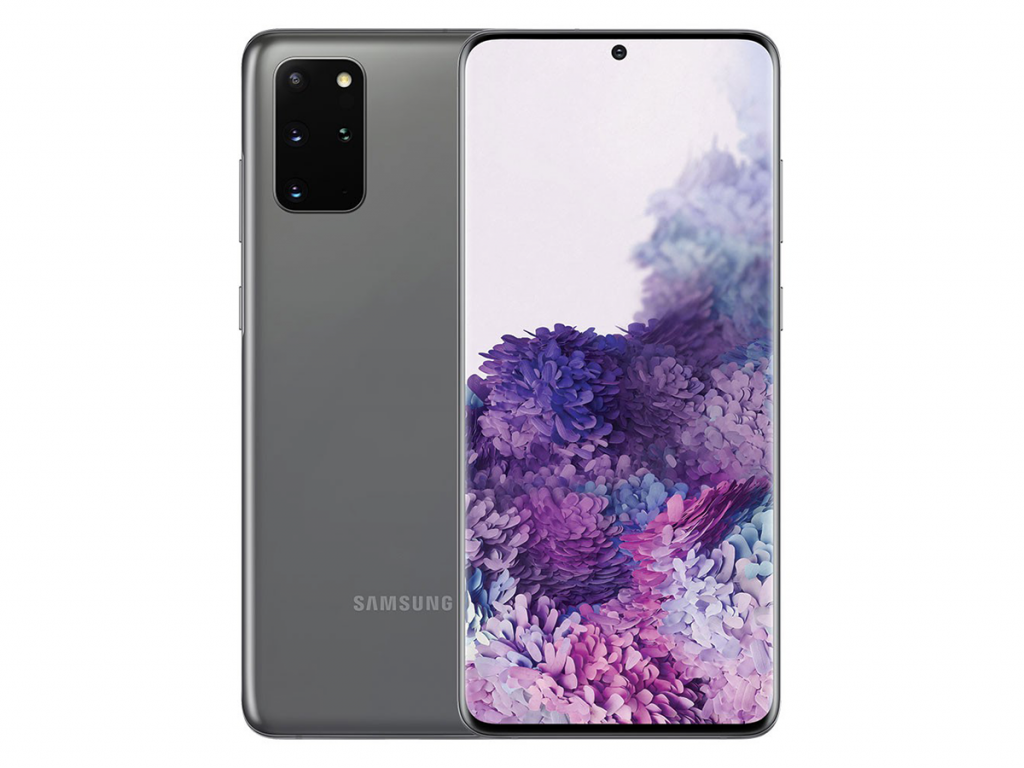

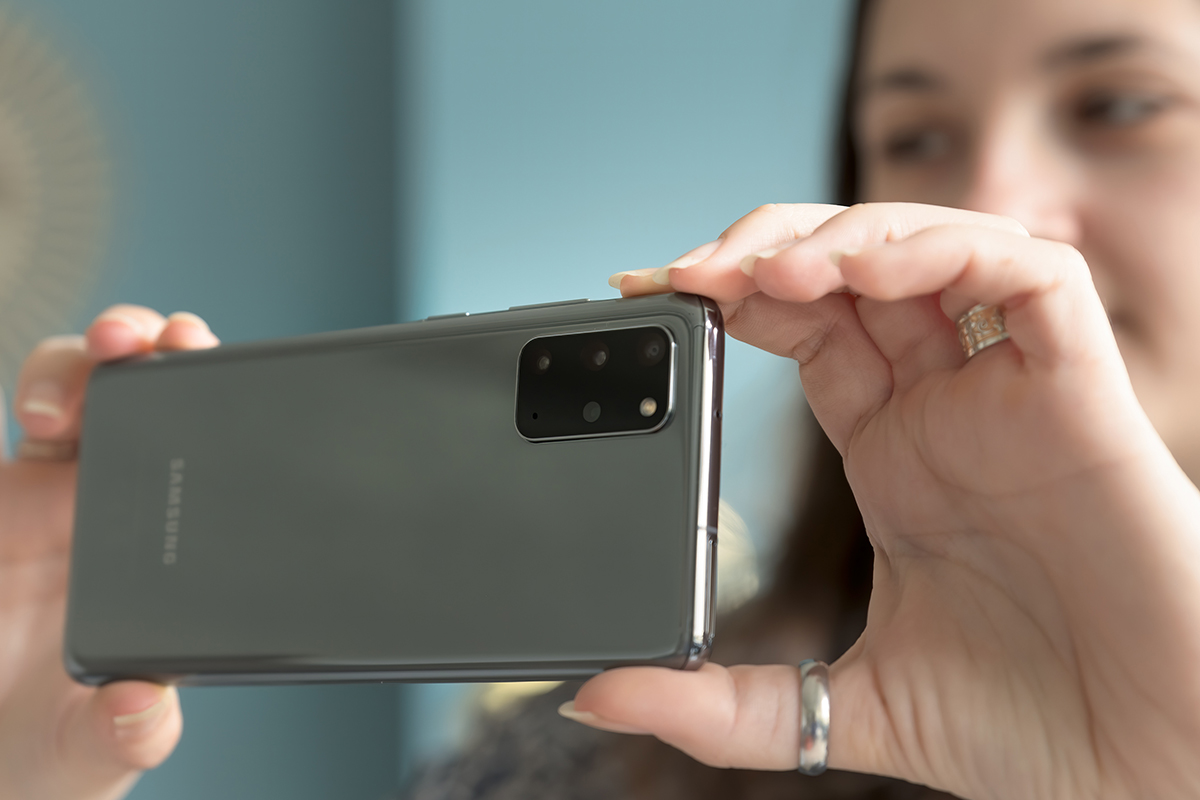

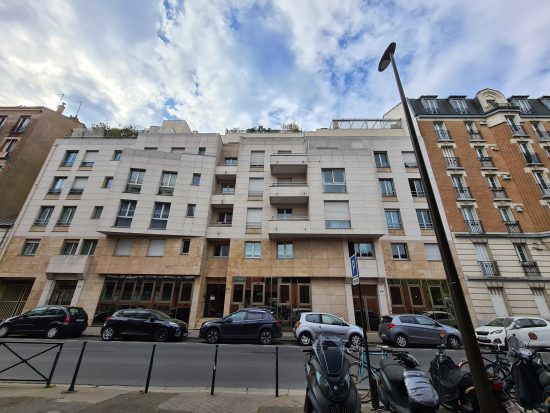


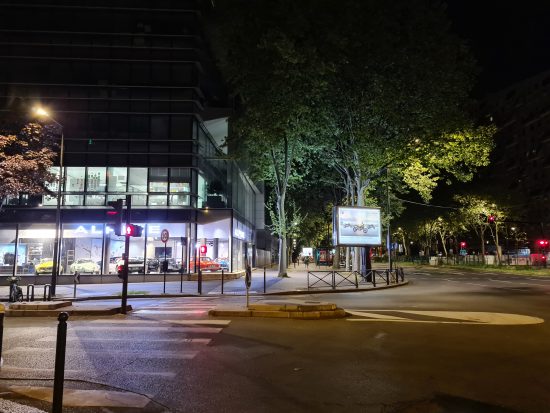
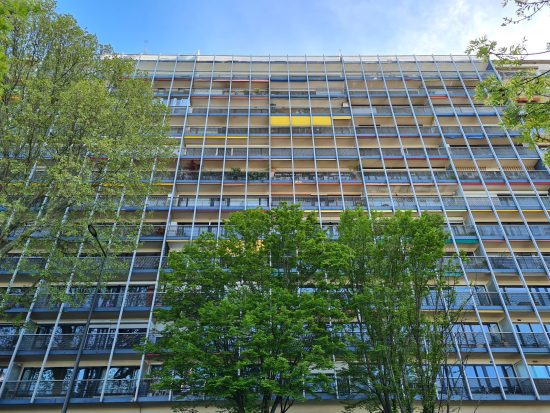
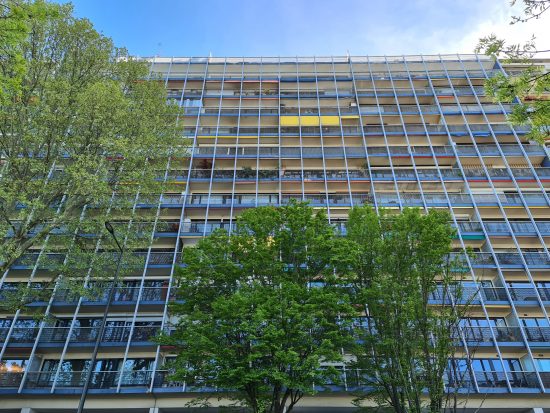
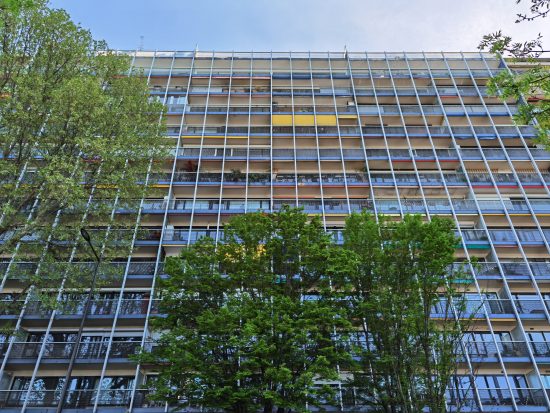



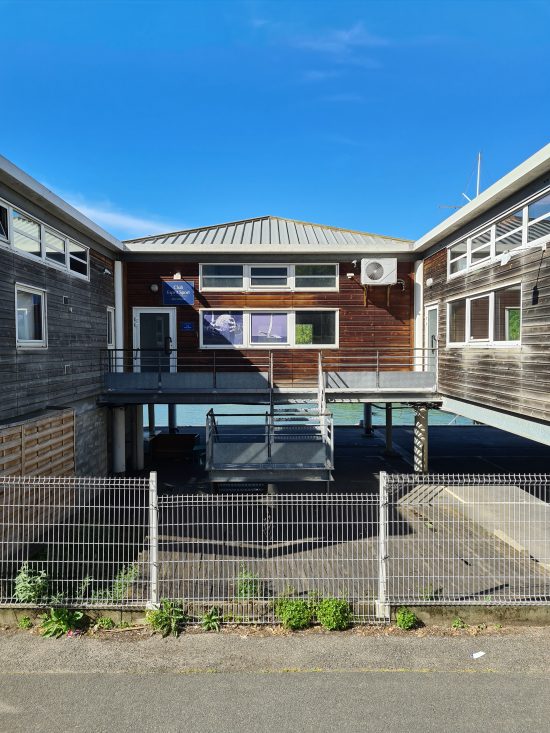
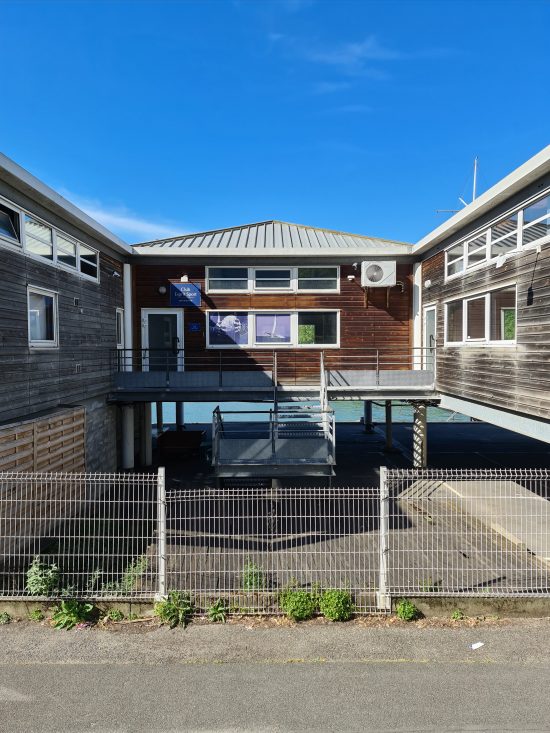

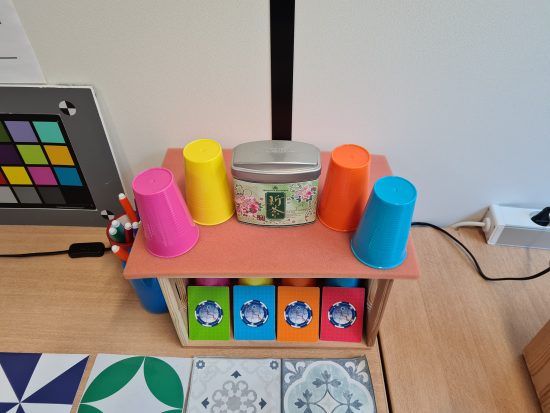
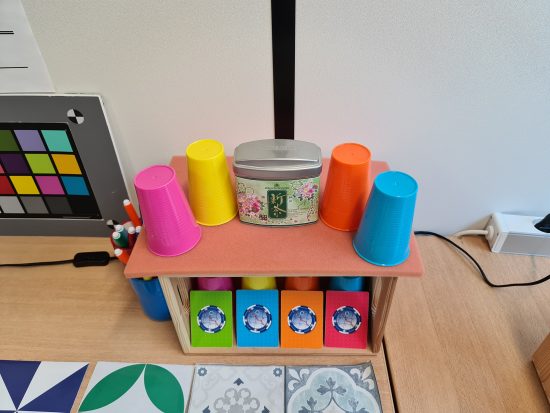
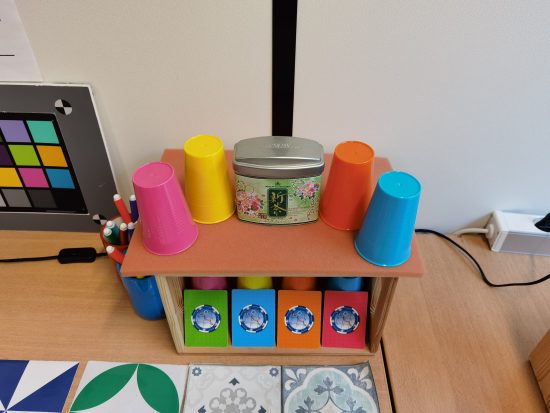

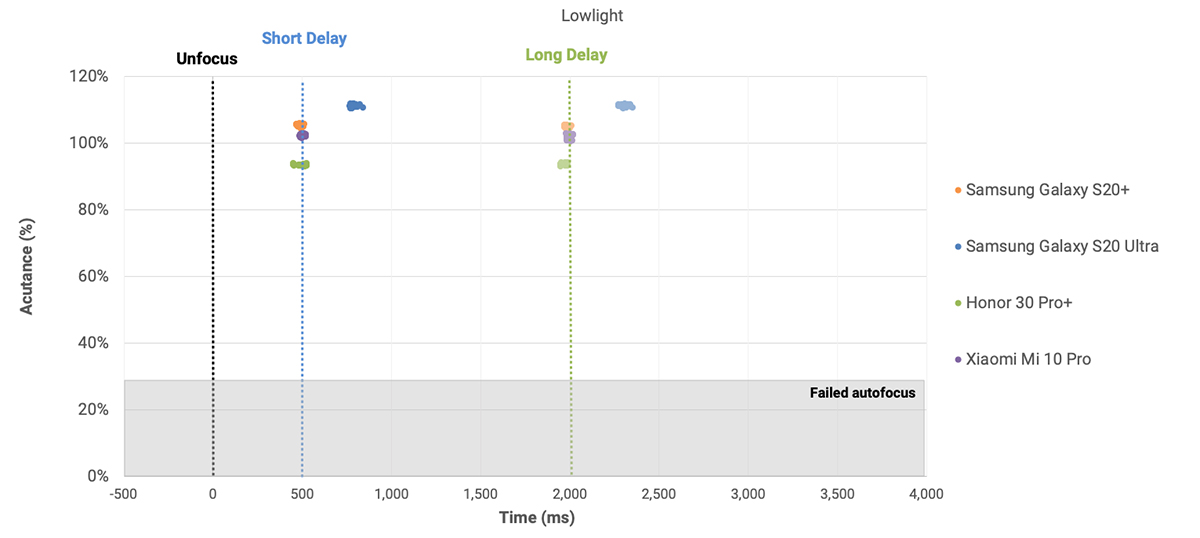
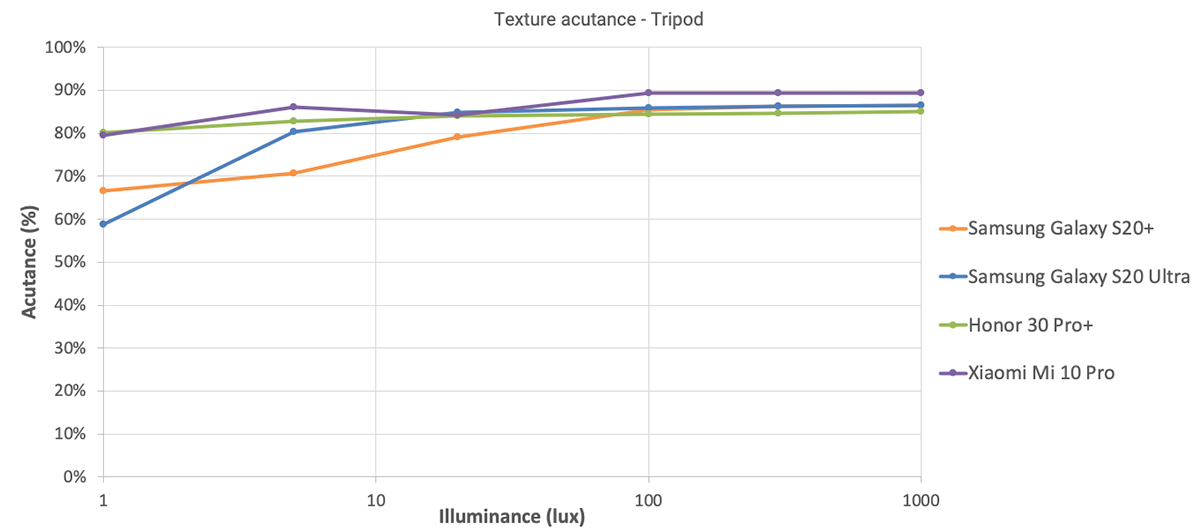
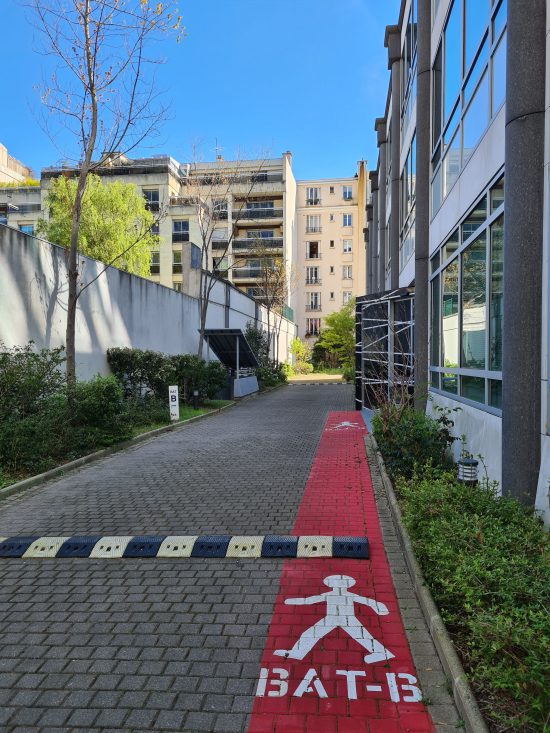
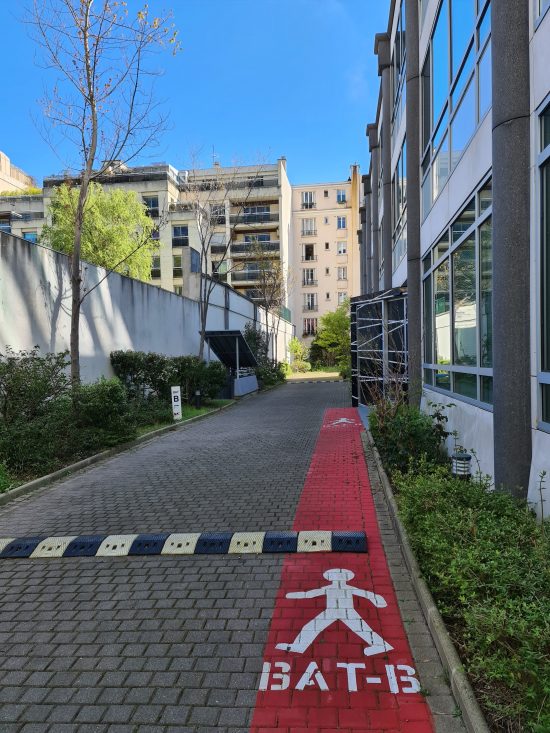
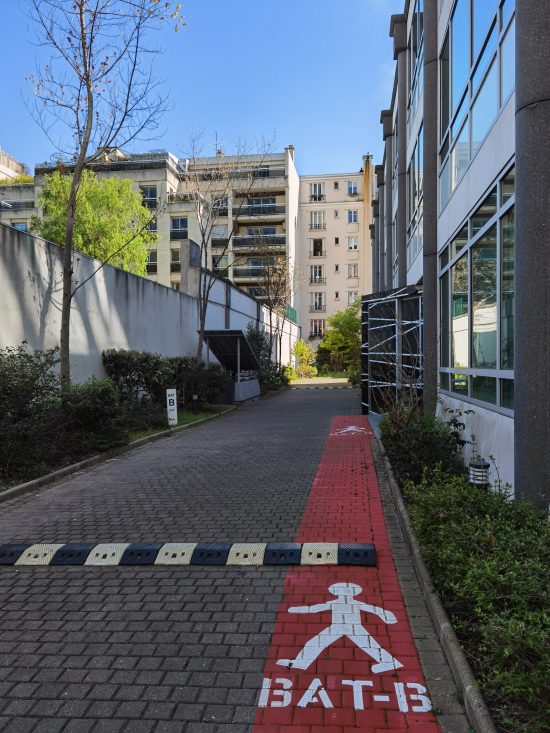
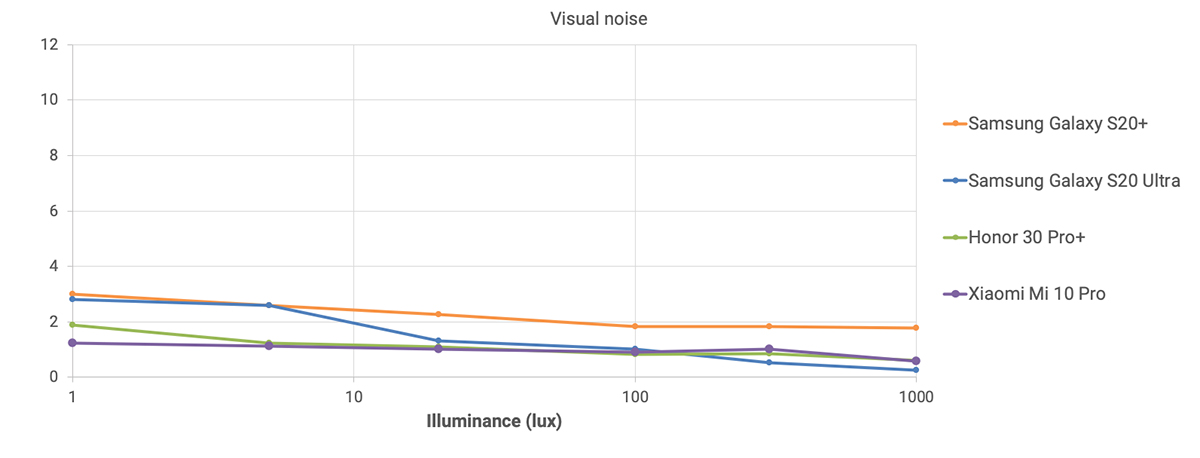


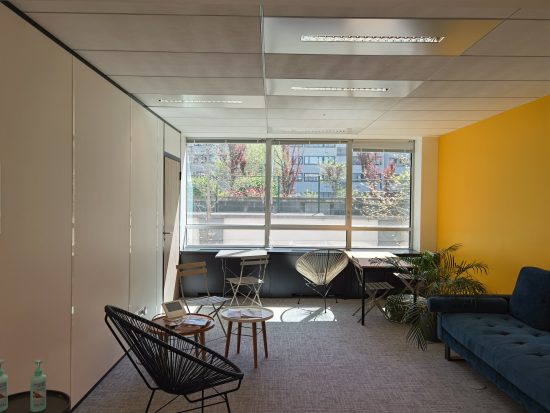




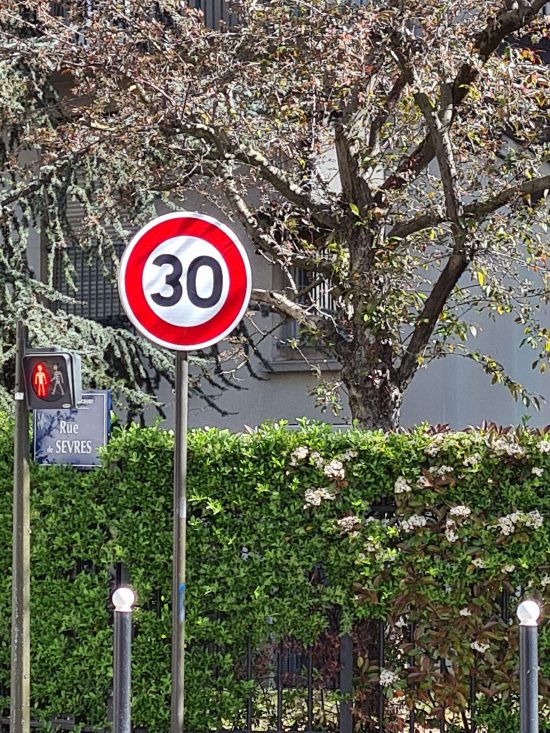
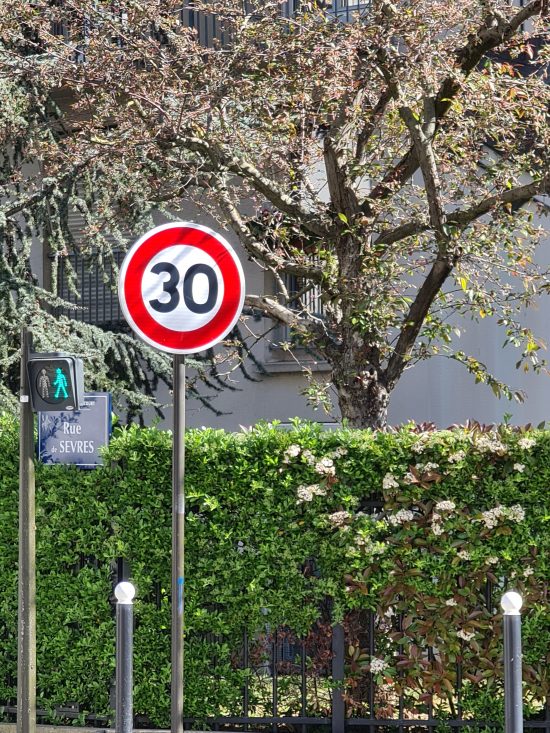
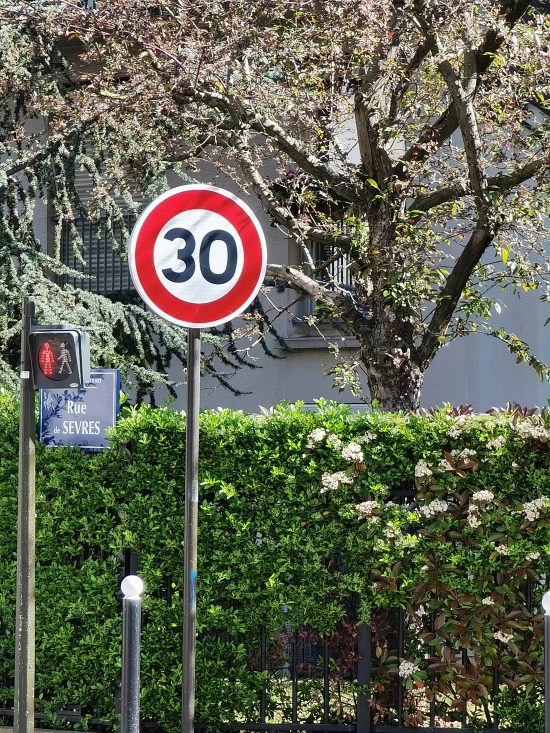








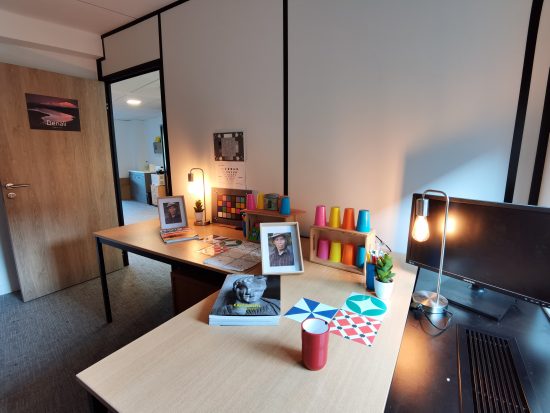









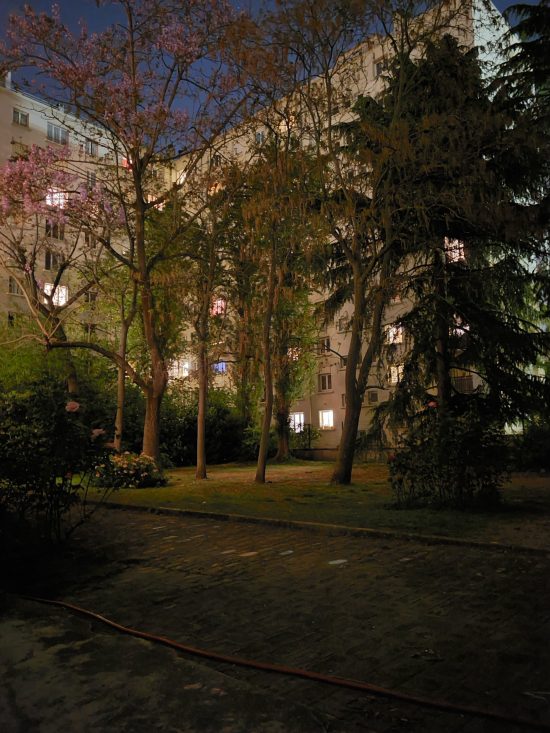
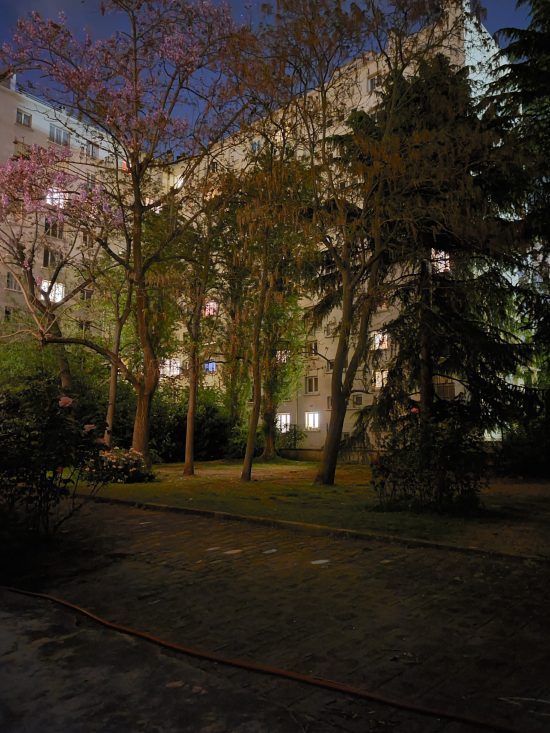
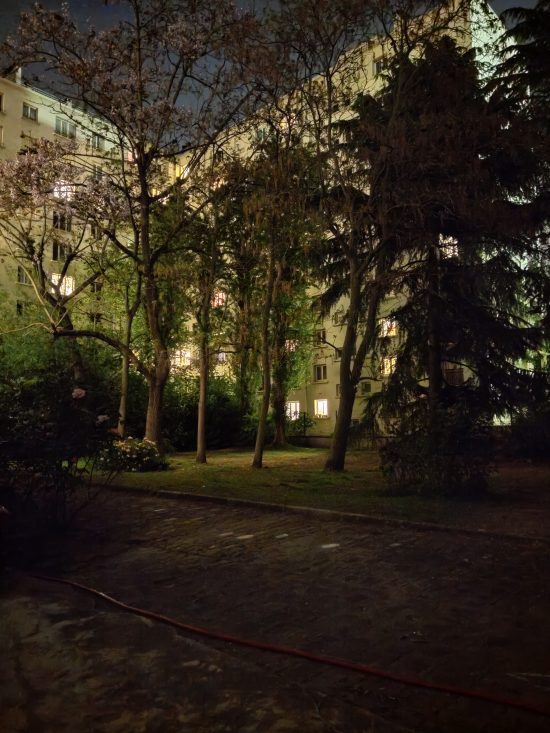


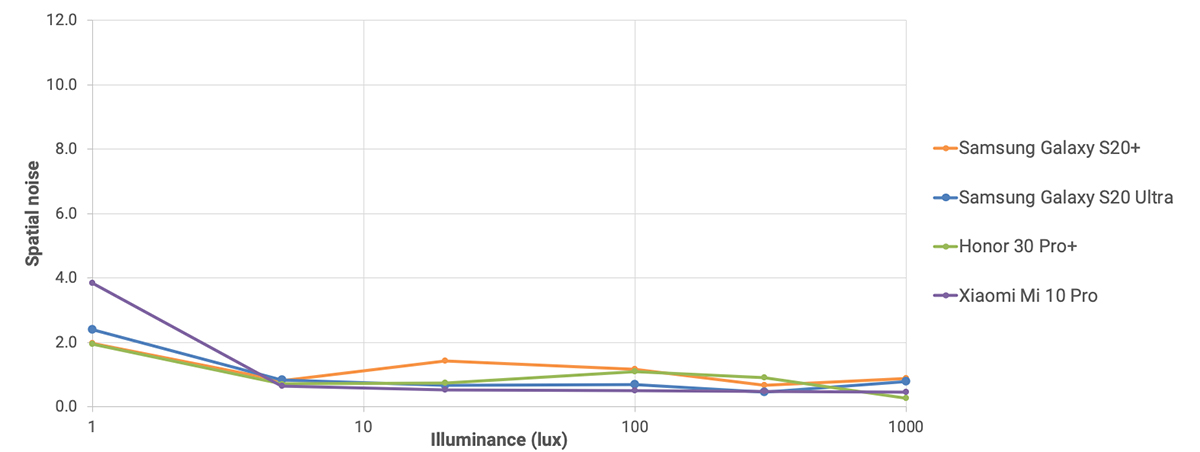


DXOMARK encourages its readers to share comments on the articles. To read or post comments, Disqus cookies are required. Change your Cookies Preferences and read more about our Comment Policy.